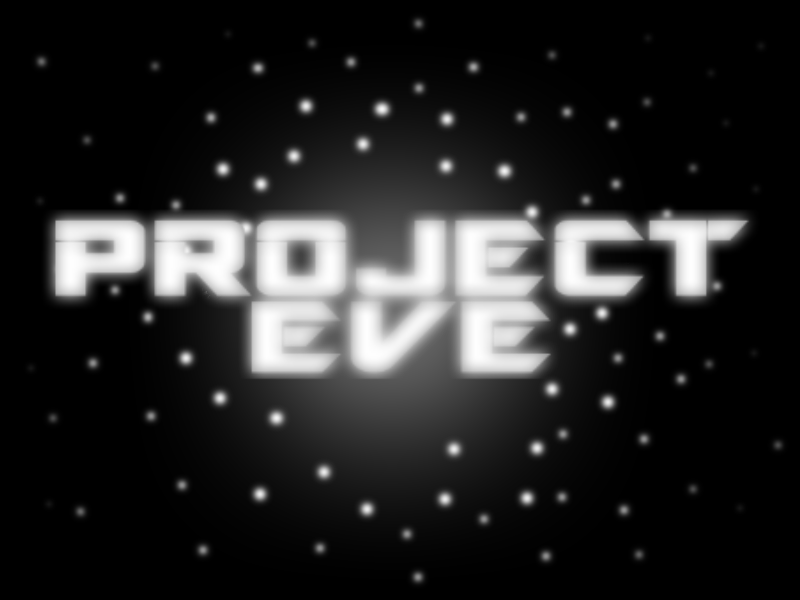

I am yet to see Raspberry Pis being used for business, most of the time they just stop at the level of you personally doing something, or maybe you doing something with your friends, your hackerspace. The fact that Raspberry Pis now find their way into pretty much every single personal IoT project, there's almost a byproduct of how they designed the thing. It was basically to replace your personal laptop or desktop with essentially a very inexpensive device. It's interesting because if you think about the original motivation for the Raspberry Pi, it was to give underprivileged kids access to computing. There's definitely a lot of excitement about Raspberry Pis. What I'm not talking about, I'm not actually talking about two things. You have a little computer that's attached to the display, and all of that needs to be orchestrated. You have a little computer that's attached to the cash register. In McDonald's, you want to orchestrate the experience of your customers. Same deal with a construction site, or even your local McDonald's.
#PROJECT EVE LANGUAGE PC#
You have a computer that is typically called industrial PC attached to it. The point being is that something is happening in the real world and you either need to capture data about that something, or you need to drive the process of that something. It could be a big turbine generating electricity.

That physical object could be a moving vehicle. These are basically computers that are attached to some physical object. These are the type of devices that some people called deep edge, some people call enterprise edge. Very specifically, let's talk about the edge that's very interesting to me, and I think it should be interesting to all of you. I will cover the edge I will not be talking about. When I talk about edge, let's actually be very specific, because there are different types of edge.

Edge Isn't Your Gramp's Embedded and/or IoT
#PROJECT EVE LANGUAGE SOFTWARE#
The whole hope is that we can make it much better and much more exciting by applying some of the cloud native paradigms like liquid software, pipeline delivery, CI/CD, DevOps, that type of thing, but with the software running outside of your data center. That's basically what IoT is still, individual machines. We started with individual rackable servers. We didn't start with Kubernetes, and Docker, and orchestration tools, and mesh networks. What's different?" The difference is it's all of the APIs and all of the things that we take for granted in the cloud and even in the private data center today. People say, "We've been doing it for years. It is when the small devices, I call them computers outside of data centers, they start to be treated by developers in a very cloud native way. I think edge computing to me is very simple. Then Cisco introduced this term called fog computing, which was telco-ish, IoT view. Let's start by defining the term, what is edge computing? I think we started a long time ago with IoT, Internet of Things. Today, we will be talking about edge computing. I happen to be very involved in Apache Software Foundation and Linux Foundation.
#PROJECT EVE LANGUAGE FREE#
If you're interested in talking to me about some of the other things that I do in the open source, feel free to do that. Shaposhnik: I think through the introduction, it's pretty clear who I am.


 0 kommentar(er)
0 kommentar(er)
